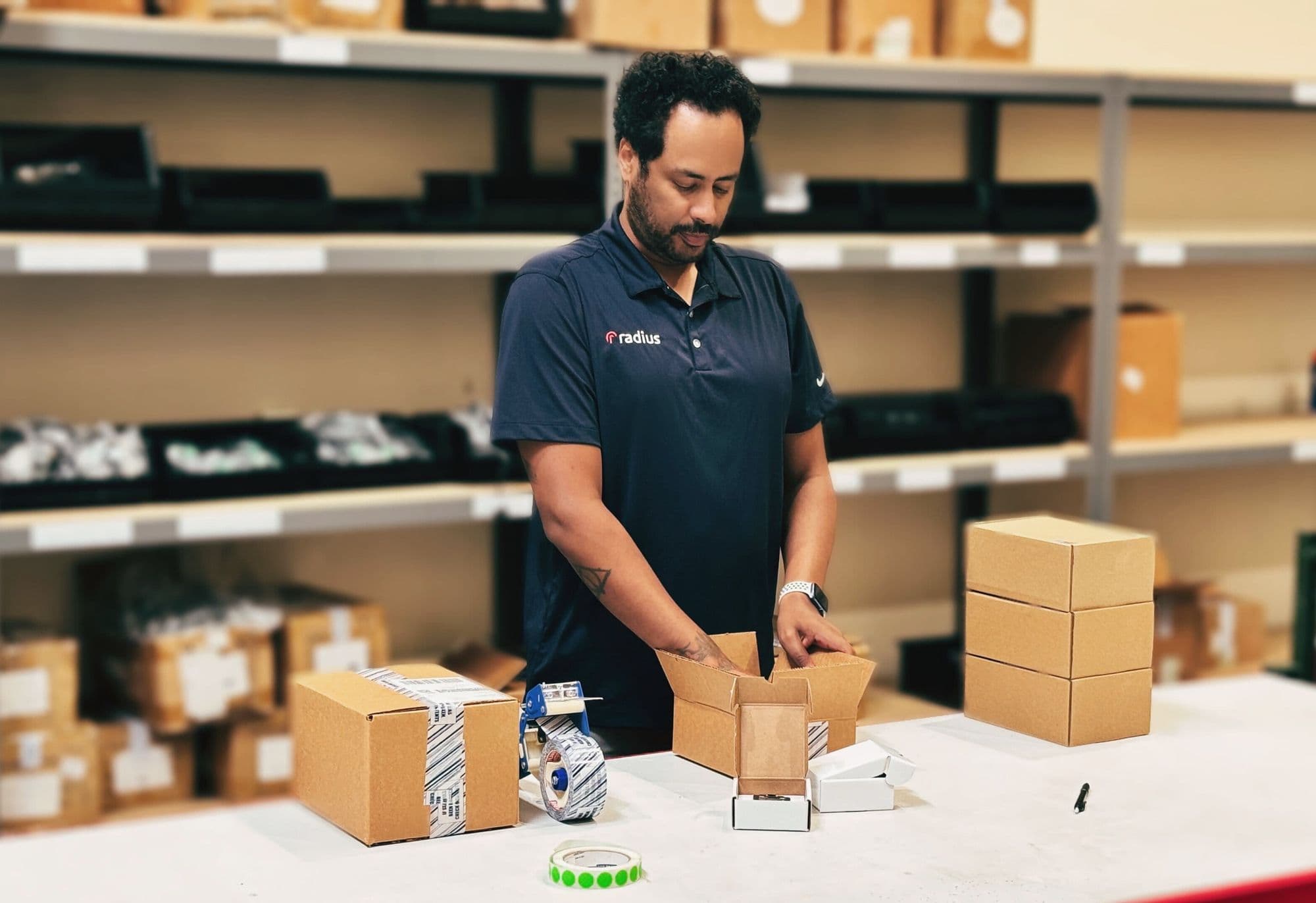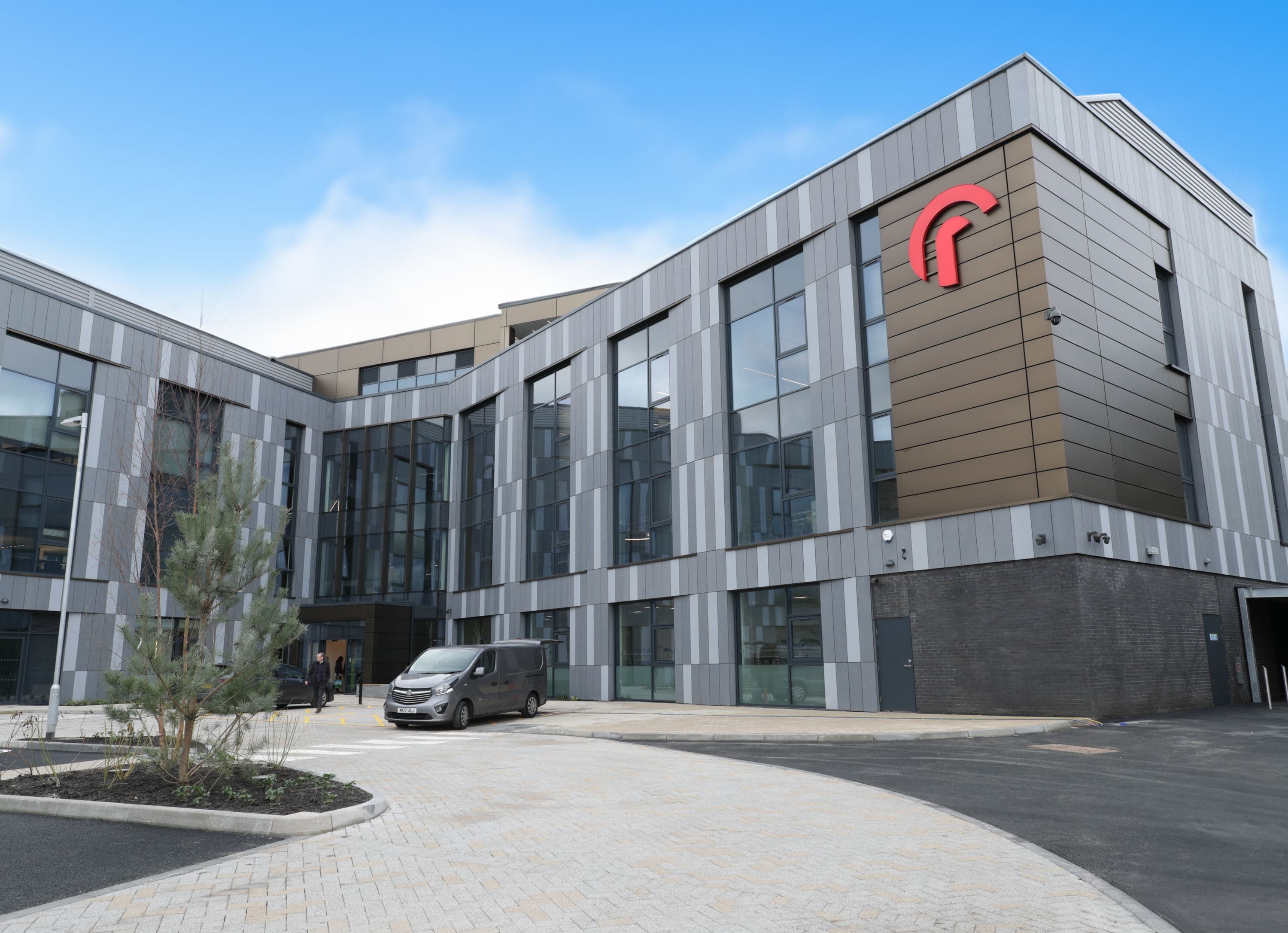- Home
- Telematics
- Vehicle tracking
- What is vehicle tracking?
What is vehicle tracking? A guide for fleet managers
Track and monitor fleet locations in real-time
Improve driver behavior and performance
Boost safety and reduce operational costs

What is vehicle tracking?
The vehicle tracking system definition uses GPS and onboard diagnostics to provide real-time data on a vehicle’s location and condition.
It helps fleet managers optimize routes, improve driver safety and secure vehicles.
Vehicle tracking offers a flexible solution, whether managing a fleet or protecting your car.

Why is vehicle tracking important?
Accurate vehicle data is essential in today’s fast-paced world. Vehicle tracking improves efficiency, cuts costs and boosts service.
For businesses, it helps make smarter decisions and streamline operations. For private owners, vehicle tracking keeps cars where they should be and makes them easy to find.
At Radius, we help businesses succeed by turning tracking data into clear insights.
For example, a logistics company we worked with saved 20% on fuel in six months. They did this by optimizing routes and reducing idle time through insights from the Radius software.

Benefits of vehicle tracking
Enhanced fleet efficiency
Optimize routes to cut fuel consumption and idle time, lowering costs.
Improved safety
Monitor driver behavior and enforce safety rules, reducing accidents and ensuring proper vehicle use.
Theft prevention and security
Track vehicles in real-time for quick recovery and reducing insurance claims.
Better customer service
Provide accurate delivery tracking and estimated arrival times to boost satisfaction.
Increased productivity
Automate mileage and usage records, saving time and improving accuracy.
Compliance management
Access detailed logs and reports to meet regulatory audit requirements.
Cost savings
Monitor driving habits to lower fuel costs and insurance premiums.
Convenience
Visualize vehicle diagnostics and usage stats, simplifying maintenance scheduling.
Resale value
Keep a detailed vehicle history to increase resale value.
Emergency assistance
Track your vehicle’s location during emergencies for faster response times.
How does a vehicle tracker work?
The device uses GPS and telematics technology to track fleet movements and improve efficiency. It collects real-time location data, route history and vehicle usage to help fleet owners make informed decisions.
The GPS-enabled device sends this data to a centralized server through cellular or satellite networks. Fleet managers can then use tracking software to gain real-time insights, plan efficient routes and cut fuel costs.
Exact location tracking and driver behavior alerts help ensure safer driving, timely maintenance and regulatory compliance.
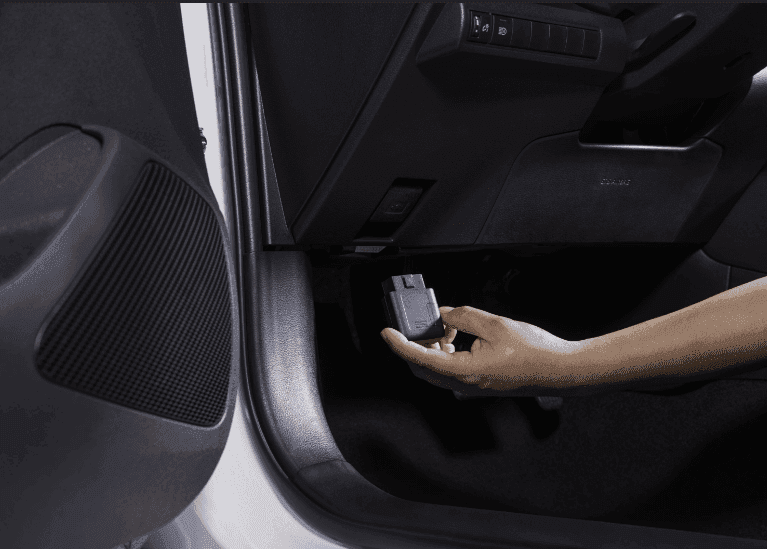
Features of vehicle tracking software
Live map
Trip history
Driver behavior
Geofences
Alerts
Reports
Live map
- Track the location and status of your vehicles and assets in real-time.
- Improve safety and security while helping you make informed decisions for daily operations.
Trip history
- With the Trip History feature, you can review past journeys, see the routes taken, and assess driving behavior.
- Replay trips to identify improvements, optimize routes, and reduce costs.
- Download footage for a real-world view by installing vehicle cameras.
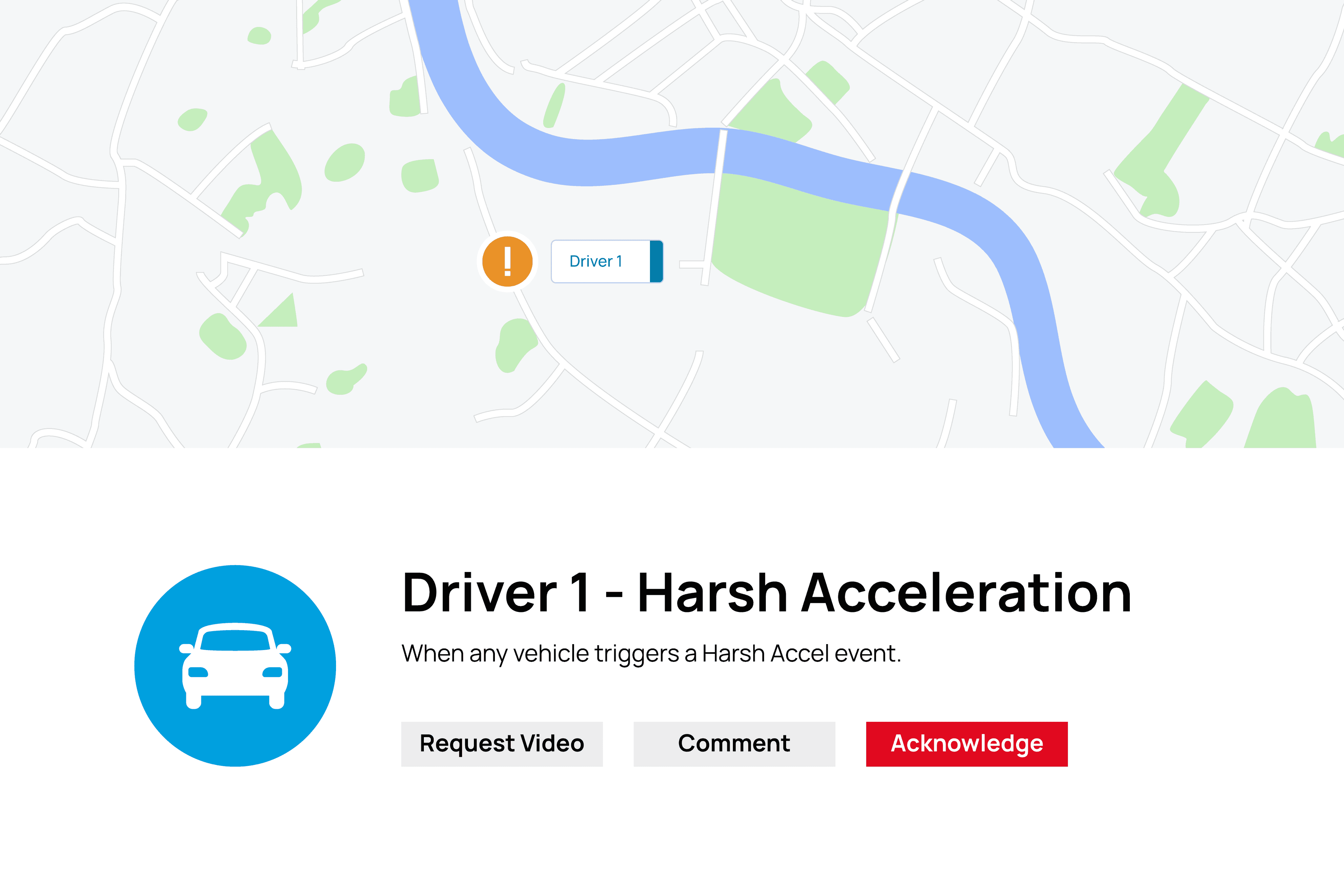
Driver behavior
- Understand how drivers operate your vehicles.
- Identify unsafe habits, like speeding, and take action.
- Reduce fuel costs, prevent vehicle damage, and lower the risk of incidents.
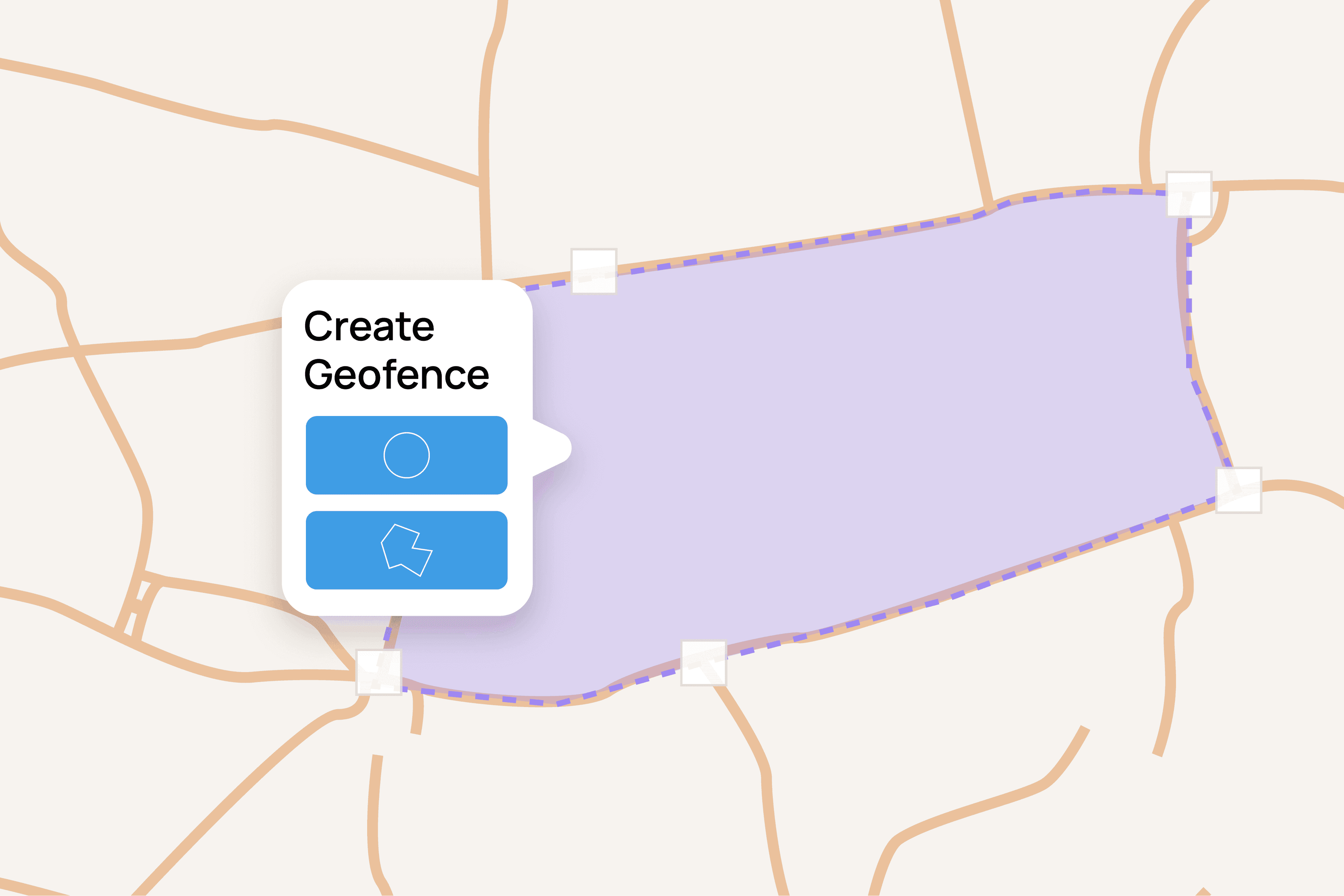
Geofences
- Create virtual zones around key locations like company premises or customer sites.
- Monitor movement into and out of these zones for better control and oversight.
Alerts
- Set alerts for geofenced locations to manage your vehicles and assets actively.
- Receive notifications when a vehicle enters or leaves a geofenced area at any time or during specific working hours.
- Protect against misuse and theft by getting timely alerts for unauthorized movements.
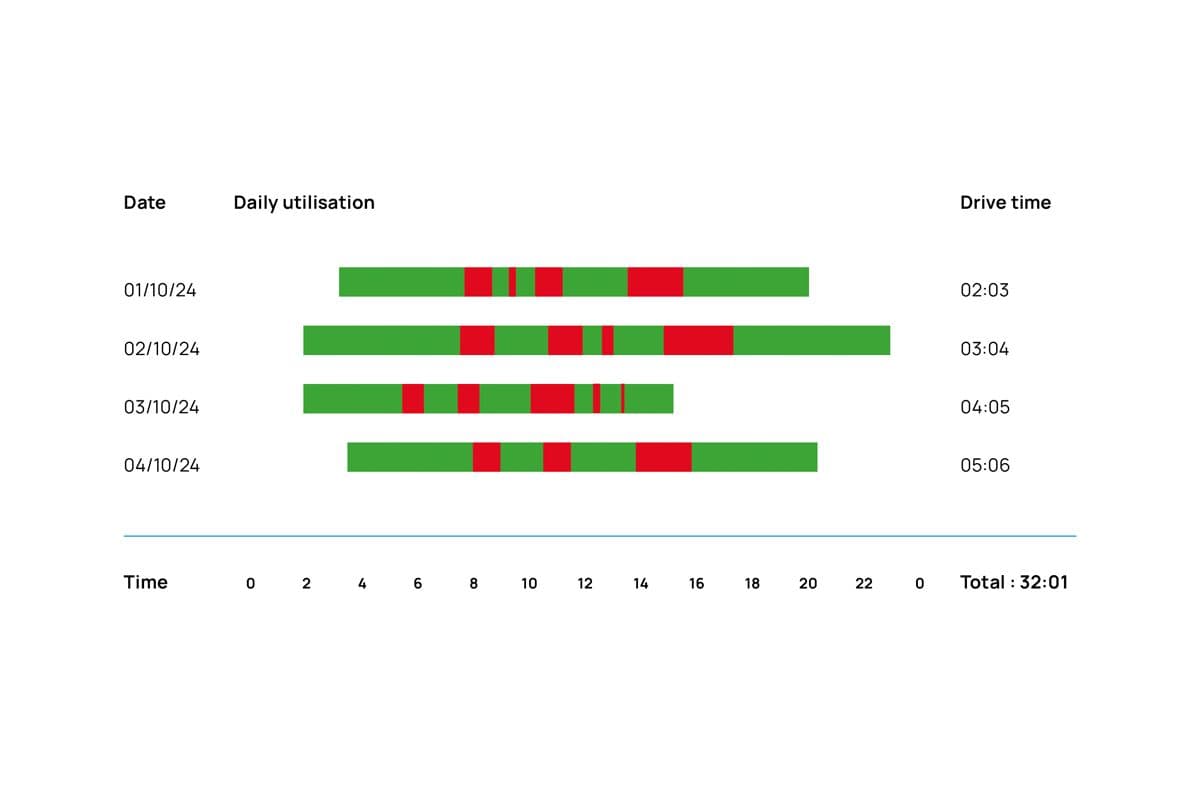
Reports
- Access a variety of reports to support daily business decisions and long-term strategies.
- Use standard reports tailored by vehicle and period for quick insights.
- Analyze data through custom reports.
Live map
Live map
- Track the location and status of your vehicles and assets in real-time.
- Improve safety and security while helping you make informed decisions for daily operations.
Trip history
Driver behavior
Geofences
Alerts
Reports
Looking at the hardware and software that make up vehicle tracking
Hardware: Vehicle tracking devices
We design durable and reliable GPS tracking devices to meet various needs.
These compact GPS trackers are easy to install and provide real-time location tracking, even in harsh conditions.
Our devices connect quickly to the vehicle battery or OBD-II port, or you can hard-wire them.
Software: Accessing and using vehicle tracking data
Vehicle tracking software helps interpret data from the hardware.
Kinesis Pro offers an easy-to-use interface for real-time access to vehicle locations, routes and status. It also includes security features and detailed usage reports. Kinesis Pro turns GPS data into actionable insights. It helps identify inefficient routes and unauthorized vehicle use.
The software connects with Google Maps for improved navigation and traffic updates. This fleet management system helps businesses reduce idle time, save fuel and lower equipment wear.
Applications of vehicle tracking across industries
Pricing for vehicle tracking
Vehicle tracking costs depend on hardware, installation, software features, contract length and fleet size. Pricing includes a setup fee, a monthly service fee and discounts for larger fleets or more extended contracts.
Factors impacting price:
- Hardware: Basic models cost less, while advanced devices with extra features are pricier.
- Installation: Some systems require professional setup, while others offer DIY options.
- Software: Features like real-time tracking, reporting and route optimization affect pricing.
- Contract length: Longer contracts often come with reduced monthly rates.
- Number of vehicles: Discounts may be available for larger fleets.
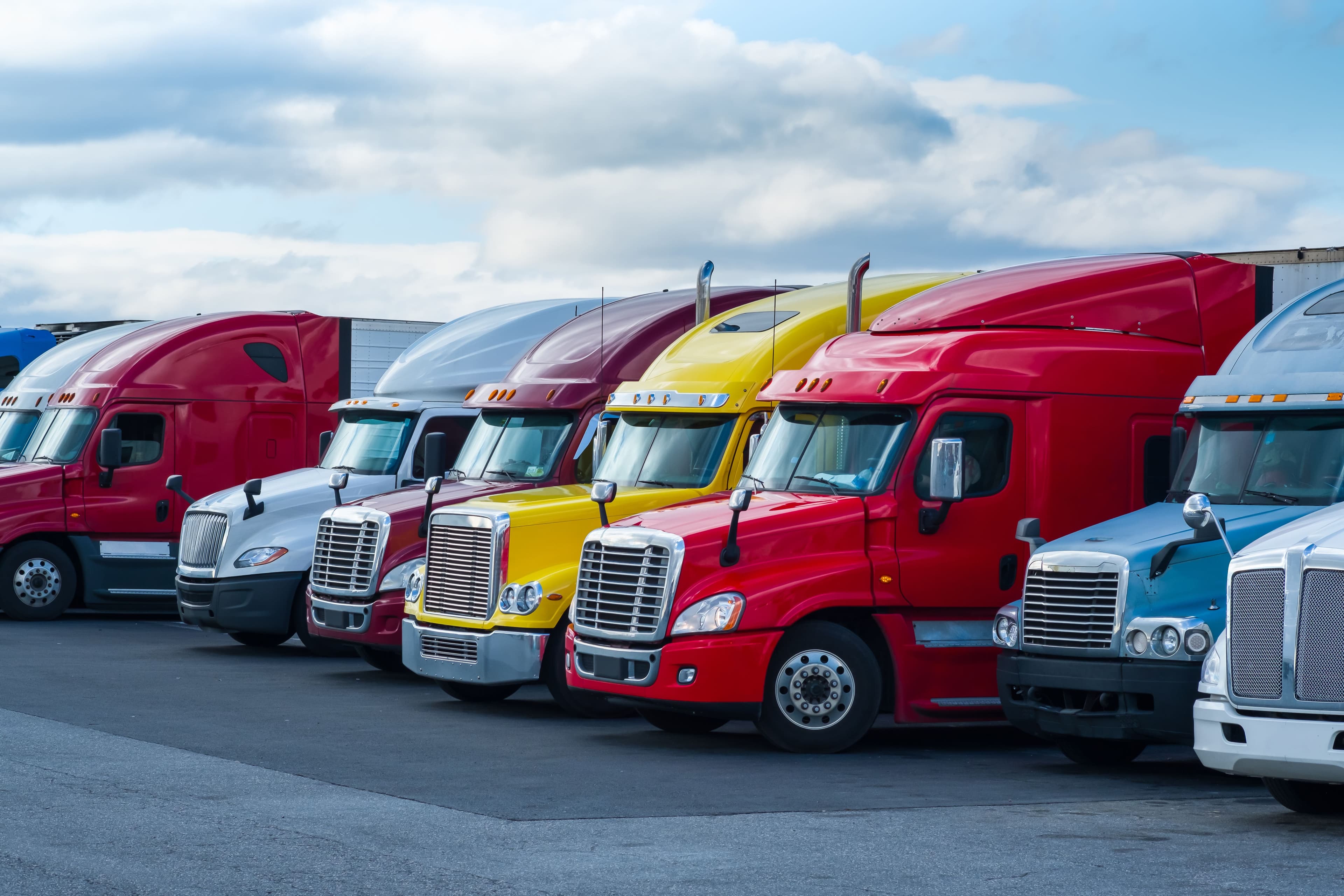
Implementation and usage tips
Getting started
- Choose the right vehicle tracking device for your needs.
- Schedule installations to minimize disruption.
- Configure the software to meet your business needs, including geofences, alerts and reporting.
- Provide staff with training to ensure effective use of the system.
Best practices
- Review data regularly to identify trends and areas for improvement.
- Use analytics to optimize routes, reduce fuel consumption and schedule maintenance.
- Communicate clearly with drivers about how real-time tracking benefits their work and safety.
- Keep the system updated and provide staff training on new features.
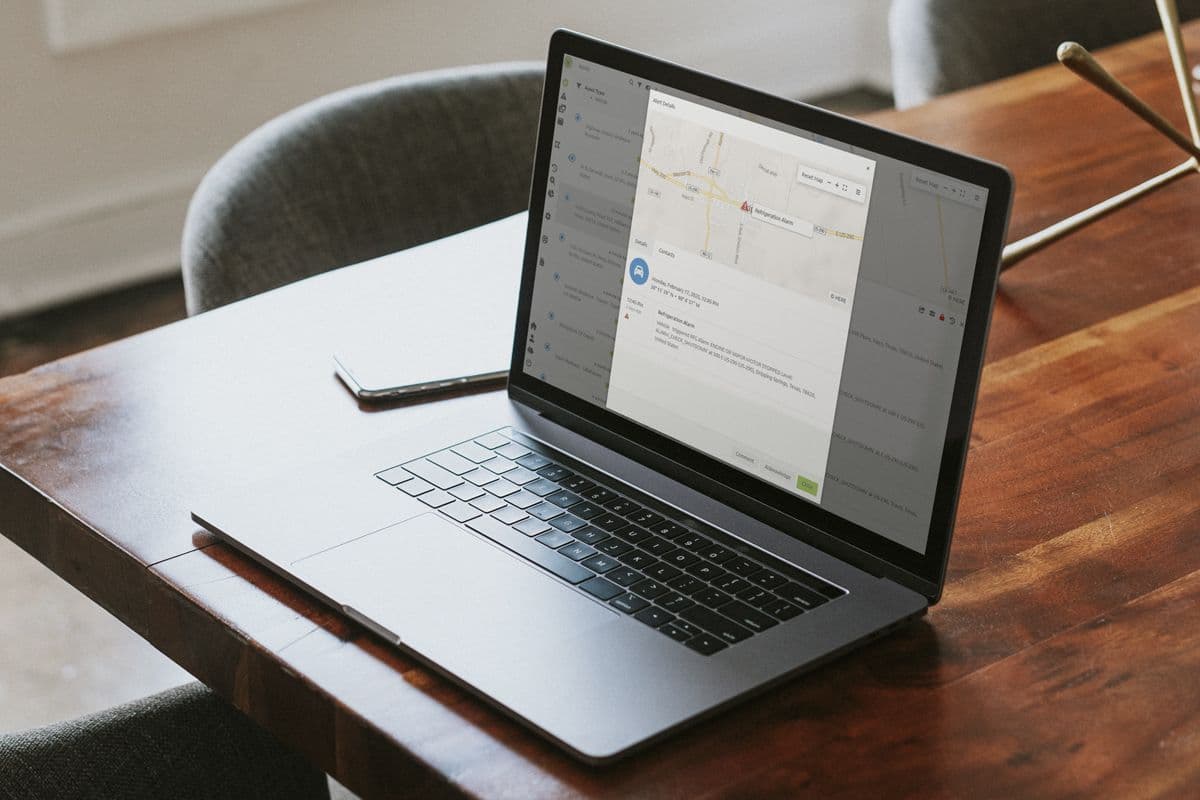
Future of vehicle tracking
- Industry growth: Technology advancements and the growing need for efficient transportation drive strong growth in the vehicle tracking market.
- Integration with IoT and telematics: Future vehicle tracking systems will use IoT and telematics. This integration will help the vehicle tracking system work more efficiently by gathering data and improving operations.
- Advanced analytics and AI: AI will enhance predictive capabilities, improving route optimization, predictive maintenance and driver safety features.
- Focus on driver behavior: Tracking systems will monitor driver behavior, alerting them to speeding, idling and harsh driving. These alerts help reduce costs and improve safety.
- Enhanced security features: Vehicle theft is still a concern. Tracking systems will include advanced features like instant theft alerts. They will also provide better recovery tools using real-time tracking.

Types of vehicles that use vehicle trackers
Frequently asked questions
Can’t find an answer to your question? Talk to the Radius customer support team at 888-728-1295. We’re here to help you with any questions or concerns.
Partnership
Why choose Radius?
With over 35 years of experience, Radius helps more than 470,000 businesses optimize their fleets. Our GPS tracking system monitors over 650,000 vehicles and assets, providing real-time updates to improve fleet operations. Backed by 2,900 employees, Radius uses advanced GPS and tracking technologies for precise data collection. This technology helps boost efficiency and reduce costs in fleet management.

